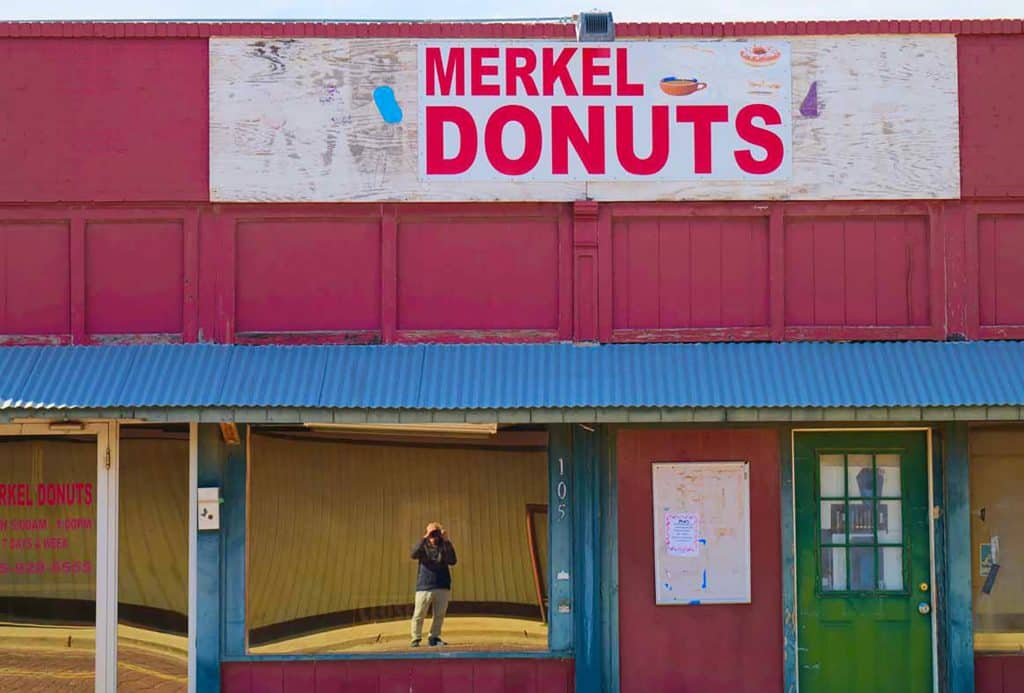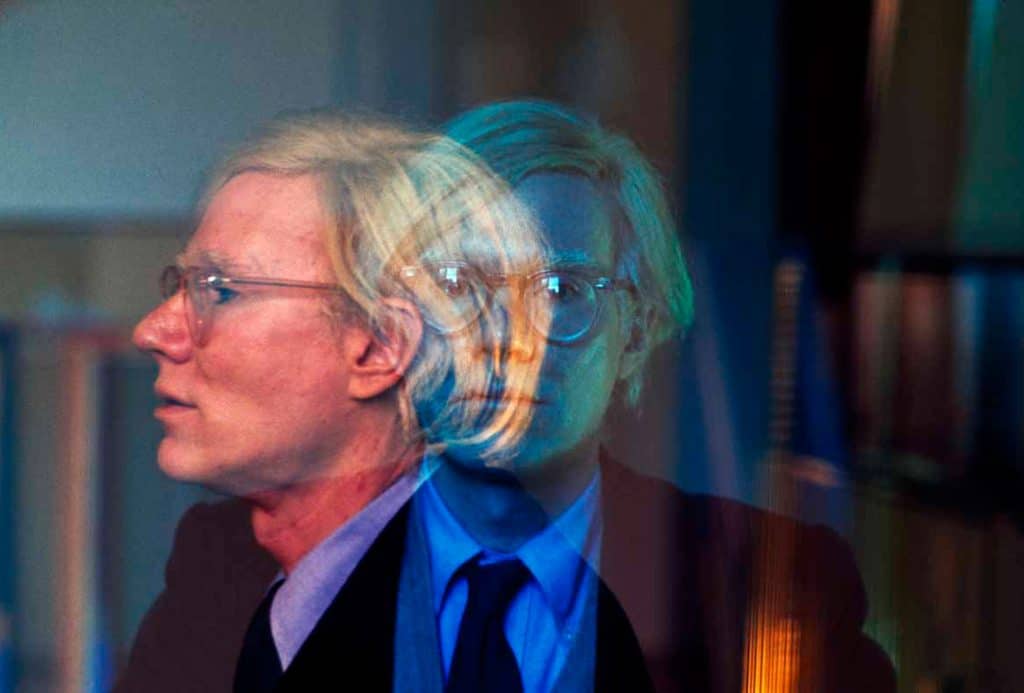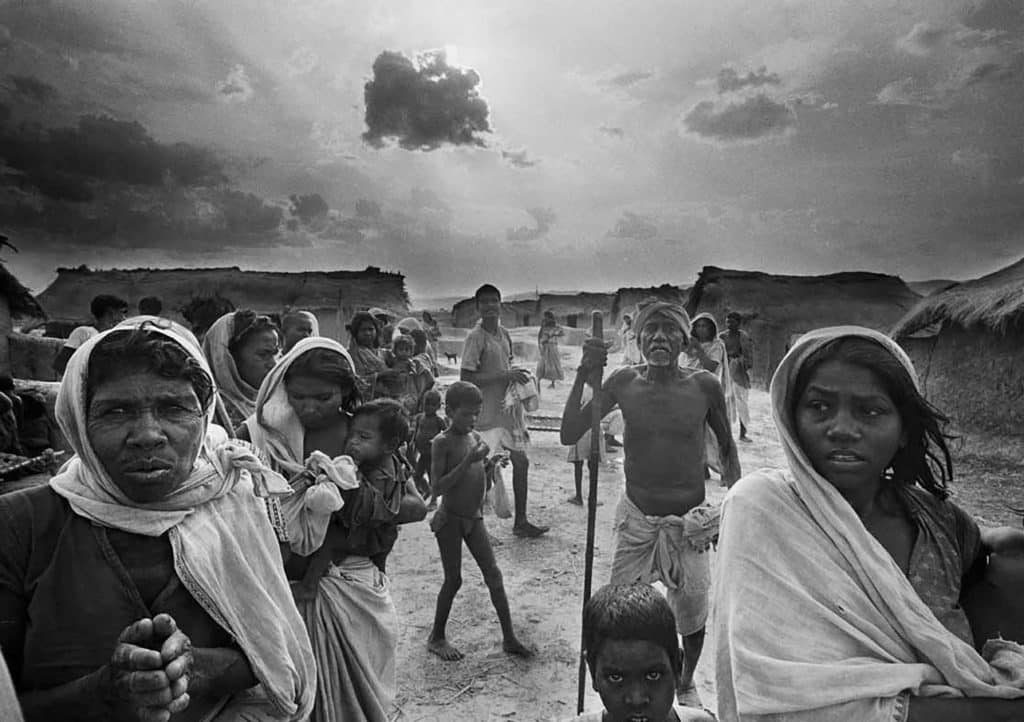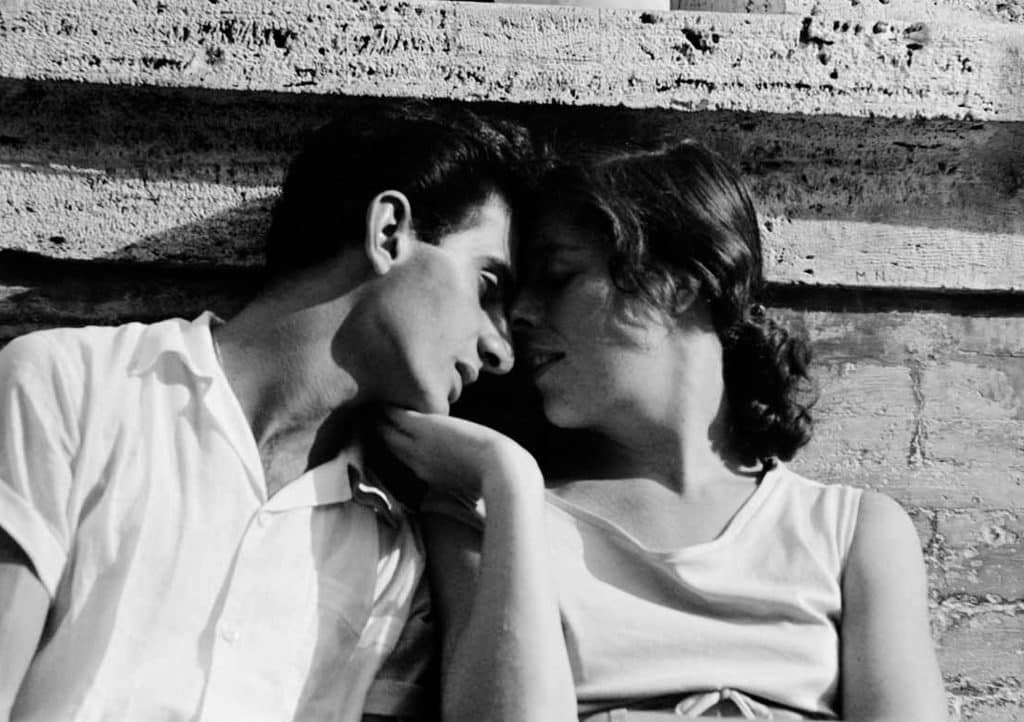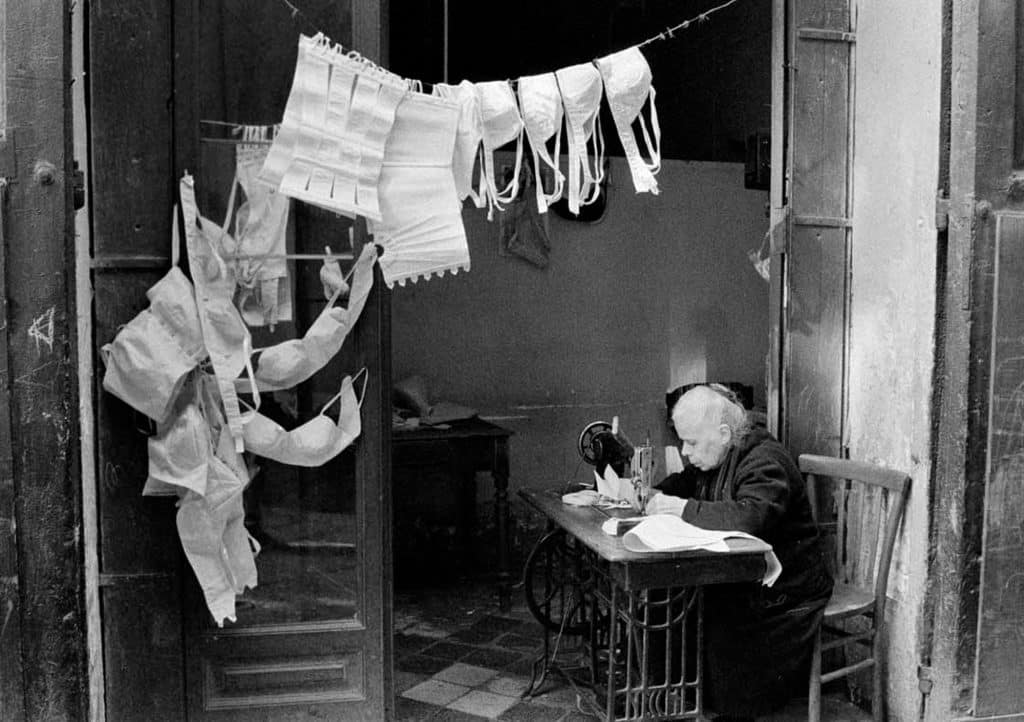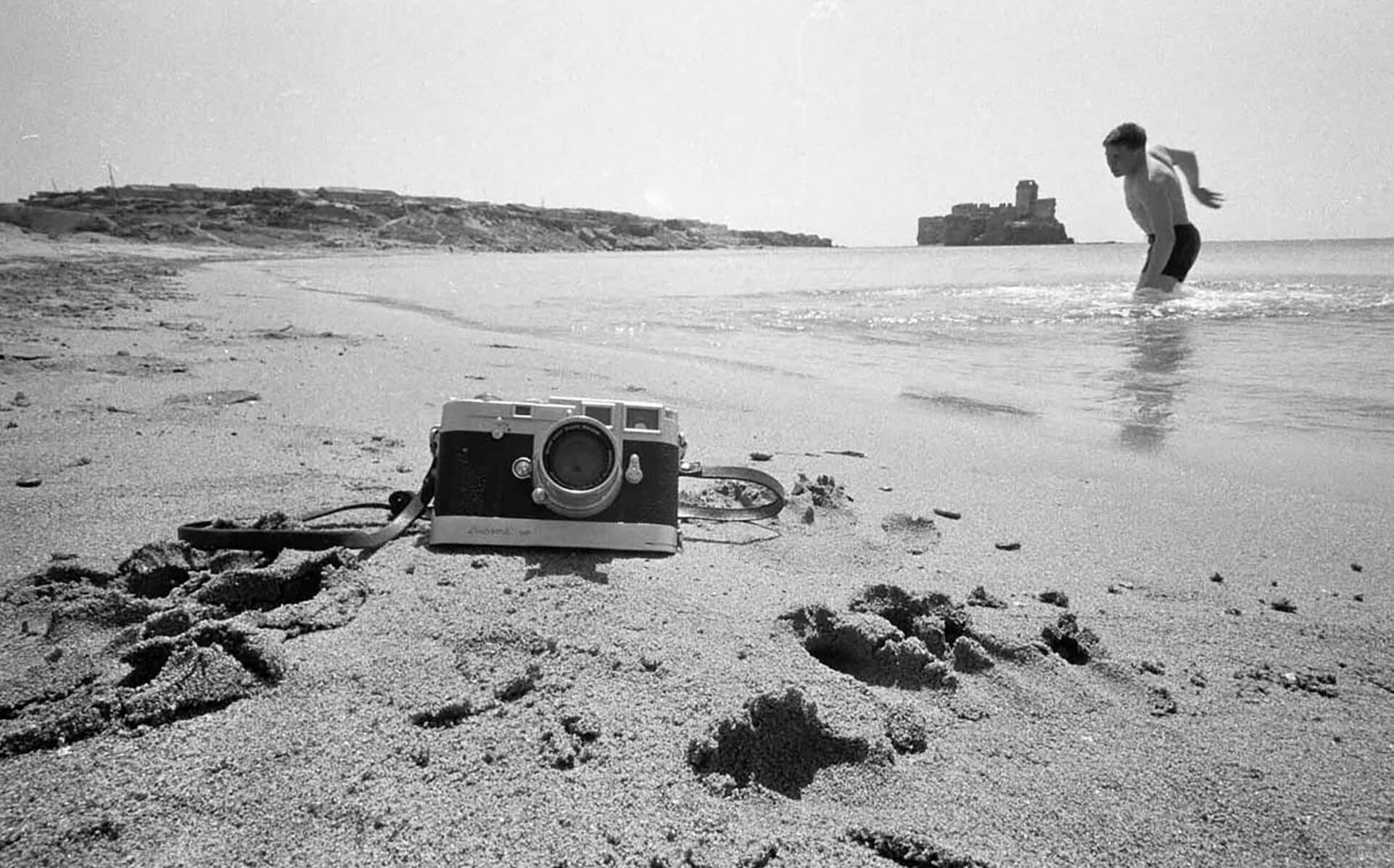
In May 1945, just one month before Thomas Hoepker turned 10, two American Sherman tanks rolled into the small Bavarian town where he lived. A Black soldier and a white soldier dressed in full battle regalia popped the hatch, climbed out, and handed out chocolate bars and spearmint gum to the local children. At that moment, World War II had finally come to an end, and young Hoepker fell in love with the idea of the United States.
After receiving a 9×12 camera from his grandfather in 1950, Hoepker became obsessed with photography. By the end of the decade, he was working as a photojournalist — and soon became one of the leading photographers of his day. He traveled the globe, building an extraordinary archive, which Magnum Photos began to distribute in 1964, the same year he joined Stern magazine as a photo-reporter.
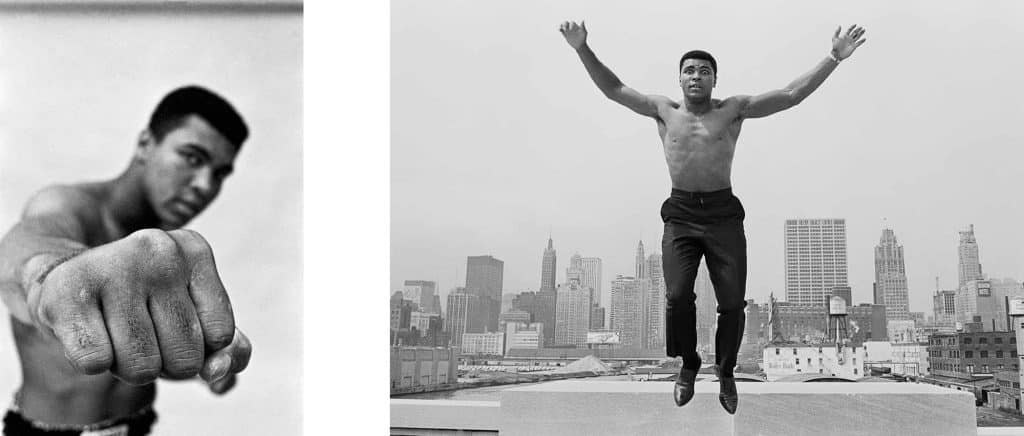
“I am not an artist. I am an image maker,” Hoepker has said, noting a clear delineation in his work as a photographer. Art, in the West, has long been stripped of use, a construct fundamentally at odds with photojournalism. Adopting the “concerned photography” approach introduced in 1966, which recognized the power of the medium as a tool of social change, Hoepker used his camera to explore complex stories with nuance and empathy.
Whether covering East German life behind the Iron Curtain, photographing Muhammad Ali the year he was stripped of his boxing license and world championship title for refusing to serve in the Vietnam War, or photographing New York City on 9/11, Hoepker adopts a critical, vigilant approach, seeing himself as a “finder of photos.” Now 85, he looks back at six decades of work in the new exhibition “Thomas Hoepker – Image Maker” and book The Way It Was: Road Trips USA.
Jim Crow, USA
In 1963, at the age of 27, Thomas Hoepker set off on a three-month road trip across the United States on assignment for Kristall magazine. With Robert Frank’s seminal monograph The Americans acting as a guiding star, Hoepker and writer Rolf Winter embarked on a story they titled What is America?
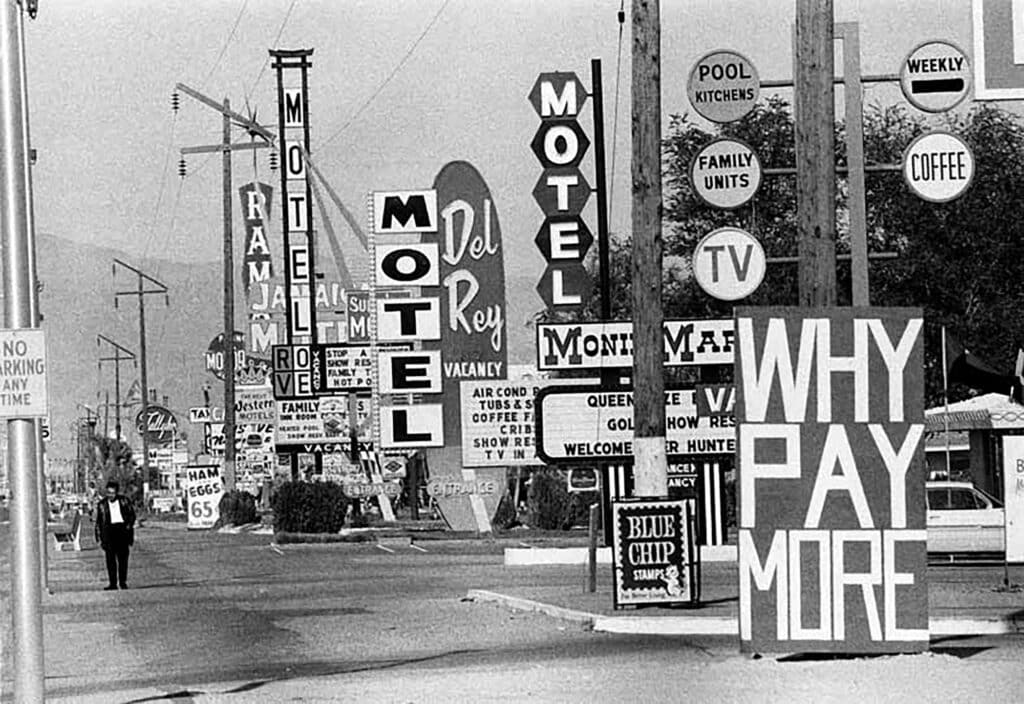
That fall, they arrived in New York, hopped in an Oldsmobile Cutlass, and cruised down south, visiting Washington D.C. and Atlanta before traveling west to New Orleans, Dallas, Butte, Las Vegas, Los Angeles, and San Francisco. Then they circled back, traveling through Reno, Detroit, Chicago, and Boston before arriving in New York, logging some 26,785 kilometers and photographs galore.
Hoepker and Winter told a story of “vibrant cities and dull backwaters,” “people fanatic about progress and reactionaries,” and “the White House and the Nazi Party.” During the final year of segregation, they saw the division between Left and Right rooted in what Winter described as a “tradition of hatred” that was just as visible then as it is now. Although Hoepker’s photographs are imbued with a sense of melancholy, he still possessed a faith in the American Dream, one that would ultimately lead him to emigrate in 1976.
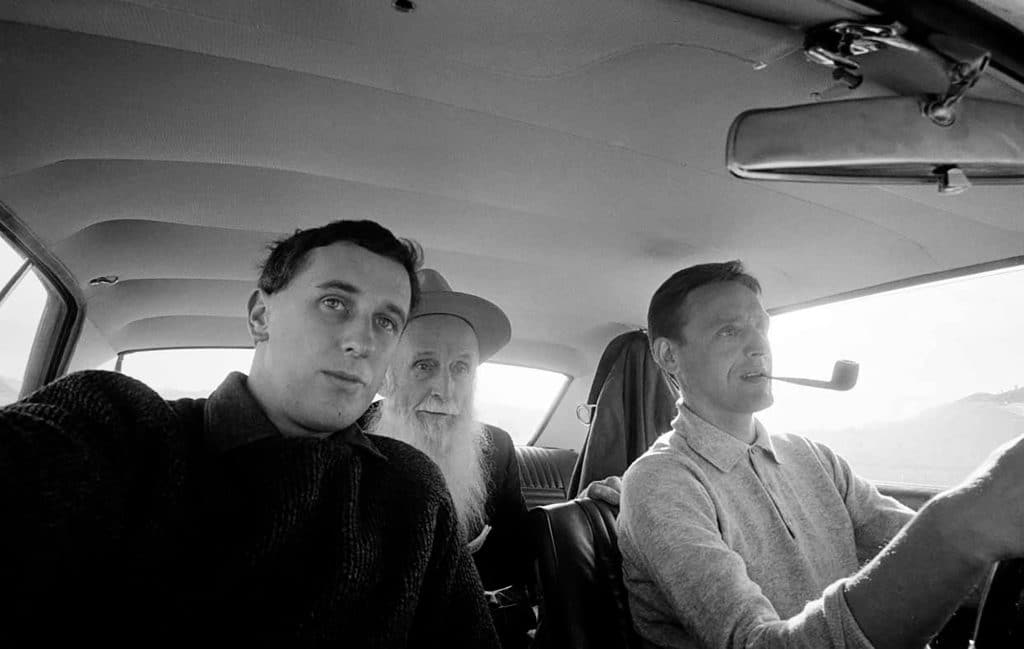
In The Way It Was: Road Trips USA, essayist Freddy Langer writes, “Hoepker once said that back then they were shockingly naive when he and Winter set off and full of European arrogance. He experienced the country they encountered as a dreary backwater and its inhabitants as smallminded petty bourgeois: ‘We found what we wanted to find.’”
On the Road Again
In 2020, Thomas Hoepker hit the road once again, traveling with his wife Christine Kruchen and a film crew in a camper van. Journeying across the United States during the early days of the pandemic, the largest Civil Rights movement in recent history following the murder of George Floyd, and a presidential election year, Hoepker found a nation just as polarized as it was 60 years earlier. Although the issues at play remain the same, Hoepker’s vantage point has changed. No longer a young photojournalist at the outset of his career, he has become an elder who has born witness to nearly half a century of American life.
The newer work, shot in color, offers a panoramic look at America today. Viewed together, there is a continuity between present and past. Perhaps that’s Hoepker himself: the one constant across time and space, he captures a quiet lyricism that is somber and poignant, but not without hope. “Every photo you take is to some degree a self-portrait,” he said. “I am convinced that you can’t make any picture, if you don’t already carry that picture within yourself.”
“Thomas Hoepker – Image Maker” on view through July 17, 2022, at the Ernst Leitz Museum in Wetzlar, Germany.
The Way It Was: Road Trips USA will be published by Steidl on July 26, 2022, $50.

